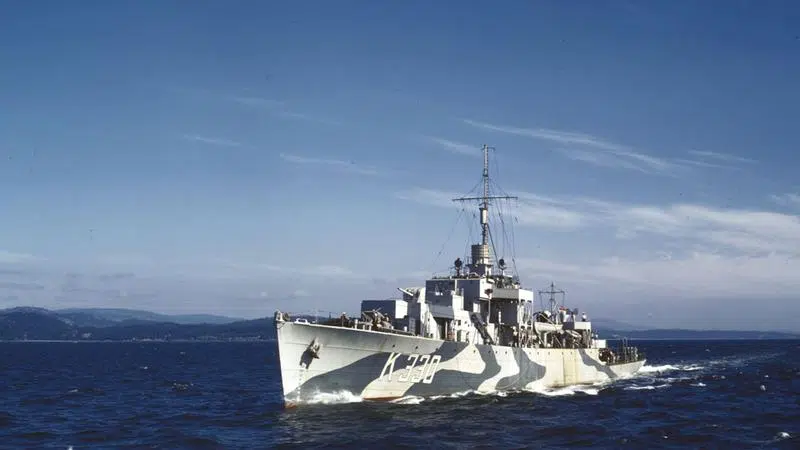
Remembering the exploits of a ship named Waskesiu
This article draws much of its information from a Facebook post written by historian Mark Gaillard.
It was 75 years ago this week the HMCS Waskesiu became the first Canadian frigate to sink a German U-boat.
The successful kill came in the North Atlantic in early 1944 at a period of the Second World War when the Royal Canadian Navy started coming into its own in terms of hunting and destroying enemy submarines.


